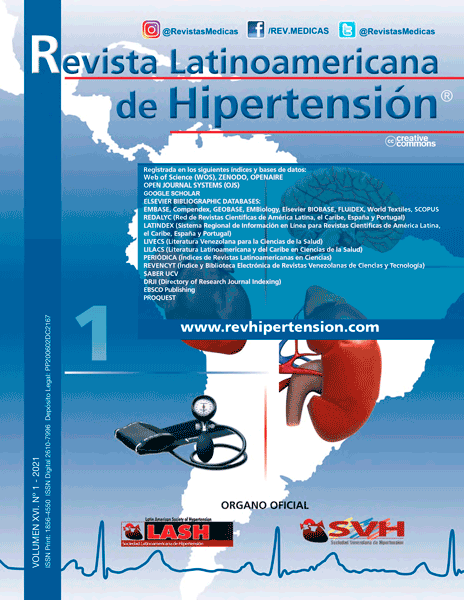Liver manifestation associated with COVID-19 (Literature review)
Keywords:
COVID19, viral hepatitis, SARS-CoV-2, liver damage, cytopathic actionAbstract
The World Health Organization (WHO) named the 2019-nCoV virus on January 12, 20201. Subsequently, in a short period of time, Novel Coronavirus Infected Pneumonia (NCIP) spread around the world, and on January 30, 2020, the WHO declared NCIP an international public health emergency2. On February 11, 2020, it was renamed Coronavirus Disease 2019 (COVID-19)3.
Severe Acute Respiratory Syndrome Coronavirus 2 (SARS-CoV-2), which has been described as a form of the beta coronavirus cluster, is the cause of the pandemic and has 79.6% sequence identity with SARS-CoV4. COVID-19 is generally a self-limiting disease, but it can also be fatal: China's death rate is around 2.3 percent5, from 5.8 percent in Wuhan to 0.7 percent in the rest of China6. The proportion of serious or fatal infections that can be attributed to specific infected populations may vary by country and region. A certain percentage of deaths occurred in elderly patients or comorbid conditions (obesity, hypertension, diabetes, cardiovascular disease, chronic lung disease and cancer)5-8.
These results were also found in critically ill patients referred to the intensive care unit, indicating that adequate liver oxygen supply is provided by compensatory mechanisms, including in cases of severe respiratory failure during COVID-19 disease9-17.

